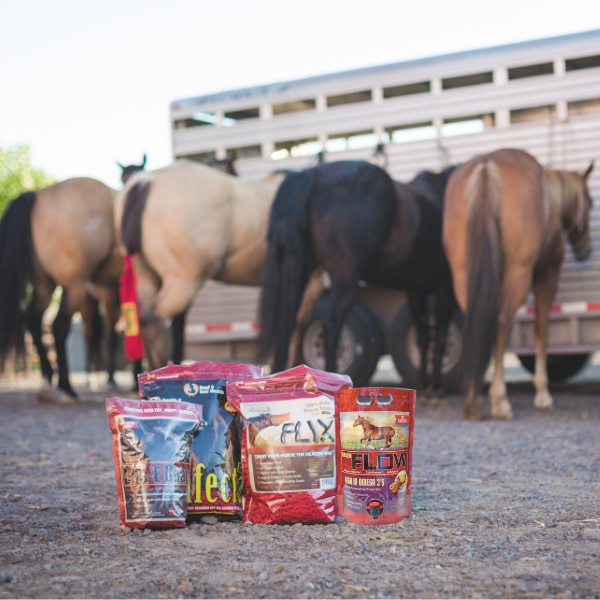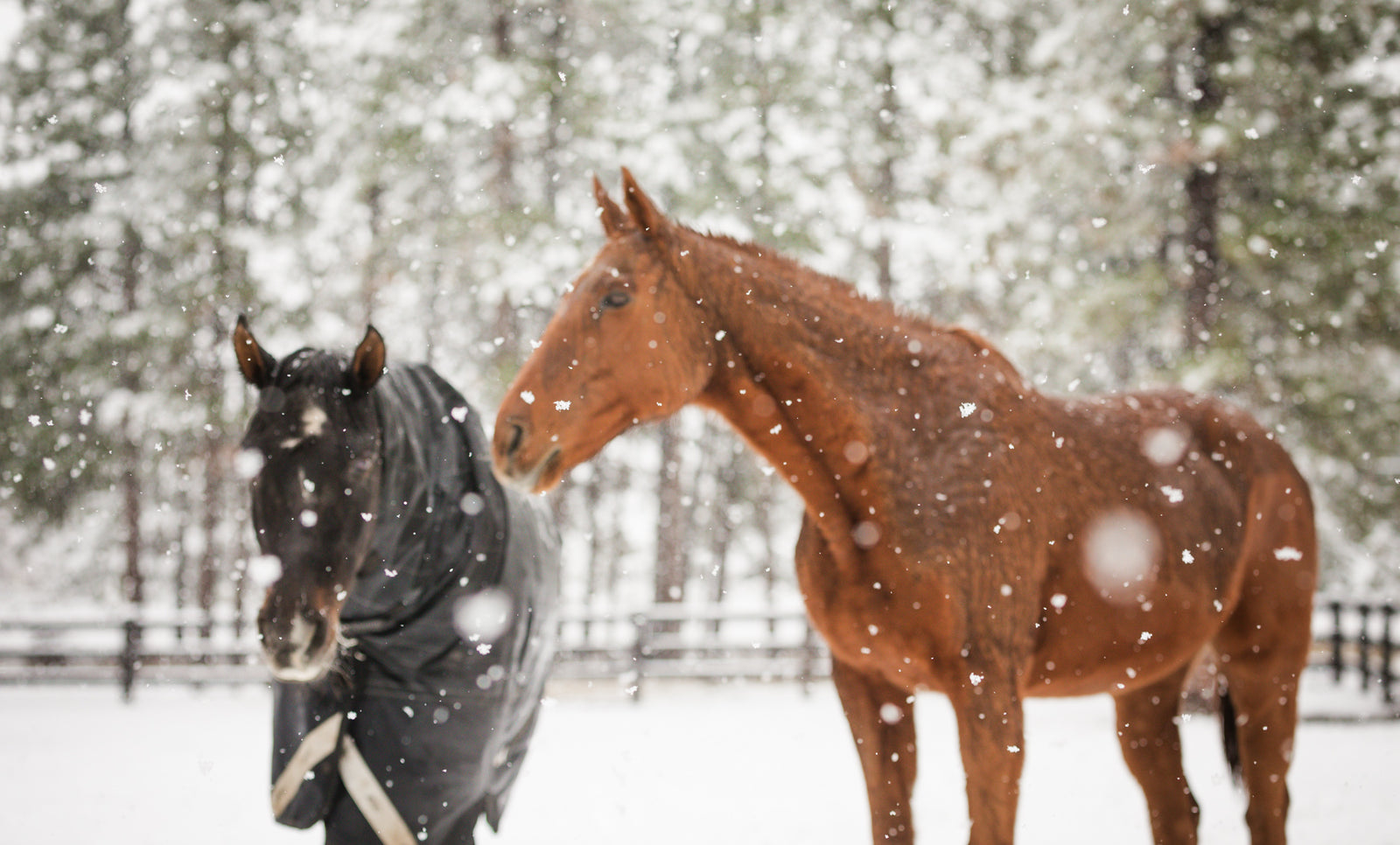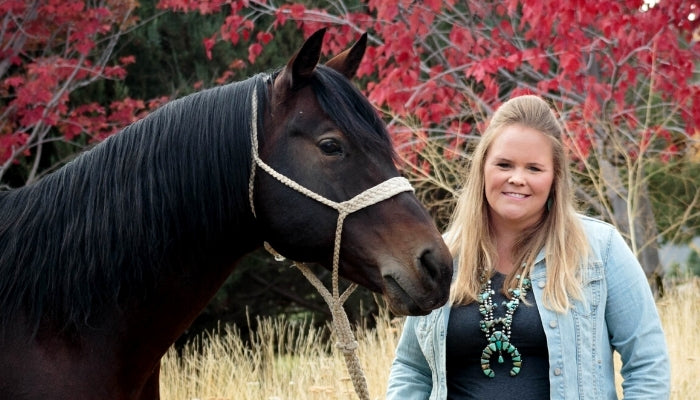Deworming is a crucial part of managing your horse’s health. Without proper parasite control your horse’s digestive system can be greatly compromised, which robs them of important nutrients and can endanger their overall health. It is important to implement an appropriate deworming program throughout the year to ensure horse health. In the fall there are three different parasites that we are typically most concerned with: small strongyles or cyathostomins, tapeworms, and botflies.
Small Strongyles

All grazing horses are infected by cyathostomins at some level, but the highest burdens are usually found in the fall. There are forty different species that infect horses, and it is not uncommon to find 10-20 different species in a
ny given horse. Horses that are clinically healthy have anywhere from a couple thousand to upwards of a million small strongyles in their digestive tract.
These worms burrow into the gut wall of the colon and cecum of grazing horses becoming encysted, where they can remain dormant for months
or years. After grazing pasture throughout the summer, the horse can acquire a sizable number of strongyles in the fall. As these small strongyles encyst in the large intestine they cause damage to the intestinal lining. Typically, small strongyles are most active in the fall and spring when environmental temperatures are around 70 degrees, and there is more moisture. If a mass emergence of encysted larvae occurs it can wreak havoc on your horse. Depression, fever, diarrhea, colic, and even death can occur from a lot of these worms emerging at once.
There are two dewormer classes that target encysted larvae: high doses of fenbendazole given for 5 days, and Moxidectin. It is best to do a fecal count on each horse to determine if their parasite load is low, moderate, or high. It will help to determine a deworming schedule. Usually 20% of a herd carries 80% of the worms. It is important to also alternate deworming products rather than using the same dewormer every time over an extended period so as to not let the parasites build resistance.
Tapeworms
Three species of tapeworms infect horses. However, Anoplocephala perfoliate is the most common species in horses in North America. This species has a flat body and a head with four suckers that attach to the intestinal wall of the cecum. They typically measure ½ inch to 3 inches long. In some horse populations up to 80% carry these tapeworms. Infestation from tapeworms can cause an array of issues. Signs of infestation can include colic, weight loss, diarrhea, poor hair coat, lethargy, and poor performance. Horses with tapeworms have a higher risk of colic, because the tapeworms cause inflammation and blockages in the intestines.
Tapeworms are most prevalent in the fall. It is recommended to deworm at least annually in the fall about a month after the first freeze. Praziquantel is a dewormer that specifically targets tapeworms by paralyzing them and causing them to detach. Pyrantel pamoate is a broad-spectrum dewormer that paralyzes the parasites as well. However, it has been found to not be as effective as praziquantel on tapeworms.
Botflies
Although they aren’t worms, botflies are another parasite that should be addressed in the fall. Adult botflies are flying insects that lay eggs on a horse's hair in late summer until the first hard freeze. Eggs are laid around the chest, throat, forelegs, and nose. One female botfly can lay up to 900 eggs in three hours. When the horse licks itself, the larvae enter the horse's mouth, where they settle in the tissues of the gums, cheek, and tongue. After developing further, the larvae move to the stomach lining, causing irritation and digestion issues. Once botfly larvae mature, they detach from the stomach lining, travel through the digestive system and pupate into flies in the manure. The larvae cause damage to the stomach lining which reduces nutrient absorption, irritates the intestines, and heavy infestations can cause blockage of normal food passage to the digestive system.


Timing of deworming for bots is key in effective treatment. Deworming should occur about 1 month after the first hard freeze, when the adult botflies have died off. No dewormers are effective against bot fly eggs. However, ivermectin and moxidectin products kill bot larvae in the oral cavity and the gut. If horses are treated before the first frost, surviving flies can lay more eggs on the horse, leading to reinfection and requiring additional treatment. You should also mechanical removal of eggs from the legs, shoulders, and mane. All horses in the herd should be treated. Ivermectin and moxidectin are effective against botflies.
Deworming & Supplementation for Overall Health
Incorporating a good deworming schedule that is tailored to your horse’s level of shedding helps to ensure your horse’s overall health. When considering the overall health of your horse is important to consider all aspects that are put into health. You can’t only focus on one thing and help your horse overall. By combining good nutrition, with a good vitamin-mineral supplement such as Horse Guard, and addressing nutritional issues that occur, along with quality forage, routine veterinary care, and a good deworming schedule you can help ensure you have a happy, healthy horse going into winter.






Leave a comment (all fields required)